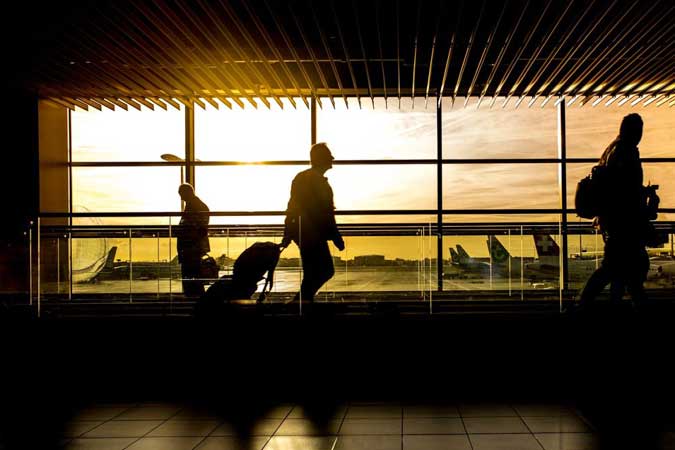THE PHILIPPINES on Wednesday banned travelers from Indonesia, Asia’s new coronavirus epicenter, after it overtook India in daily infections.
The travel ban will be from July 16 to 31 and will cover passengers from Indonesia and those with travel history to Indonesia in the past 14 days, presidential spokesman Herminio “Harry” L. Roque, Jr. said in a statement.
Passengers already in transit from Indonesia and who arrive before 12:01AM of July 16 will be allowed entry as long as they get quarantined for two weeks even if they test negative.
“This action is undertaken to prevent the further spread and community transmission of COVID-19 variants in the Philippines,” Mr. Roque said.
Indonesia is now considered Asia’s new coronavirus epicenter after it surpassed India’s daily infections, according to a report by Nikkei Asia.
The world’s largest island country experienced record-breaking infections this week, posting 47,899 cases on Tuesday, it said.
Meanwhile, the Philippines has extended its travel ban on India and six other countries, where a coronavirus variant has caused a surge in infections, until July 30, Mr. Roque told a televised news briefing.
Also covered by the ban that was supposed to end on July 15 was Pakistan, Sri Lanka, Bangladesh, Nepal, Oman and the United Arab Emirates.
An inter-agency task force also ordered a review of testing and quarantine protocols for incoming travelers from these countries and other high-risk nations, Mr. Roque said.
The Philippines issued the ban to prevent the entry of more contagious coronavirus variants including the Delta one that was first detected in India.
The Department of Health (DoH) reported 3,806 coronavirus infections on Wednesday, bringing the total to 1.48 million.
The death toll rose to 26,232 after 140 more patients died, while recoveries increased by 6,296 to 1.41 million, it said in a bulletin.
There were 44,408 active cases, 90% of which were classified as mild, 3.5% were asymptomatic, 2.8% were severe, 1.95% were moderate and 1.7% were critical.
DoH said nine duplicates had been removed from the tally, eight of which were tagged as recoveries.
The agency said 105 recoveries had been reclassified as deaths. Five laboratories failed to submit data on July 12.
Meanwhile, Mr. Roque said task force recommendations on the next lockdown levels for the rest of the month had been prepared and would be submitted to Mr. Duterte once Metro Manila mayors have appealed.
The task force would have to meet to discuss the appeals, he said.
The general community quarantine “with some restrictions” enforced in the National Capital Region expires after July 15.
Mr. Roque said easing quarantine rules in Metro Manila would depend on coronavirus data. “We will follow the established criteria of looking at the attack rates and health care utilization rate.”
About 43% of intensive care unit (ICU) beds in Metro Manila had been occupied as of July 13, he said.
About 37 % of isolation beds and 32% of ward beds in the region were occupied, while 33% of ventilators were used.
Mr. Roque said 56% of ICU beds in the country had been occupied, while 46% of isolation beds and 42% of ward beds were used. He added that 37% of ventilators had been used.
Coronavirus infections in Manila, Makati, Las Piñas, Muntinlupa, Mandaluyong, Malabon, Navotas and San Juan rose in the past two weeks, the Department of Health (DoH) said on Tuesday.
Makati and San Juan remained at “high-risk” as their average daily attack rate stood at 9.76 and 8.95 cases for 100,000 people, respectively.
While the “overall case risk classification remained low,” some regions were facing surging coronavirus infections.
The Cordillera Administrative Region (CAR), Western Visayas and Davao region were considered high-risk areas due to their high average daily attack rate and ICU occupancy rate.
The ICU use rate stood at 68.54% in CAR, 87.34% in Western Visayas and 81.41% in the Davao region as of July 10. — Kyle Aristophere T. Atienza

